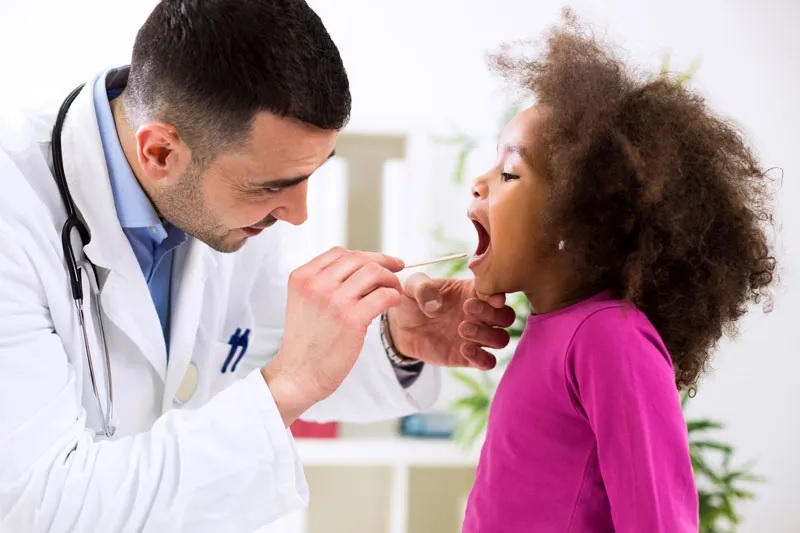Title: Nurturing Futures: Unveiling Advances in Pediatric Medicine
Introduction: The realm of pediatric medicine is evolving rapidly, embracing innovations that promise to enhance the well-being of our youngest patients. This article explores the latest trends in pediatric medicine, from groundbreaking treatments to the integration of child-friendly healthcare technologies, ushering in a new era of care for children.
I. Precision Medicine for Pediatric Patients: Tailoring Treatments for Little Ones A. Individualized Approaches: Delve into the concept of precision medicine in pediatrics, emphasizing the customization of treatment plans based on the unique genetic and molecular profiles of young patients. B. Targeted Therapies: Highlight specific instances where targeted therapies are making a difference in treating pediatric conditions, offering improved efficacy and reduced side effects.
II. Gene Therapy Breakthroughs: Transforming the Landscape of Pediatric Diseases A. Addressing Genetic Disorders: Discuss recent advancements in gene therapy for pediatric genetic disorders, showcasing success stories and ongoing research in this transformative field. B. Potential Cures: Explore the potential for gene therapies to provide cures or significant improvements in the lives of children with previously incurable genetic conditions.
III. Child-Friendly Diagnostic Technologies: Making Healthcare Less Intimidating A. VR and AR Applications: Explore how Virtual Reality (VR) and Augmented Reality (AR) technologies are being utilized to create child-friendly diagnostic experiences, easing anxiety and improving cooperation during medical procedures. B. Interactive Imaging: Discuss innovations in interactive imaging technologies that make diagnostic processes more engaging and less intimidating for pediatric patients.
IV. Telemedicine for Pediatric Consultations: Bridging Gaps in Access to Care A. Remote Consultations: Highlight the expanding role of telemedicine in pediatric healthcare, making it more accessible for families in remote or underserved areas. B. Monitoring Chronic Conditions: Discuss how telemedicine facilitates remote monitoring of pediatric patients with chronic conditions, ensuring continuity of care from the comfort of their homes.
V. Pediatric Wearables: Tracking Health and Development Milestones A. Growth and Development Monitoring: Explore the integration of wearable devices specifically designed for children, allowing parents and healthcare professionals to monitor growth, developmental milestones, and overall well-being. B. Asthma and Allergy Management: Discuss how pediatric wearables are being used to manage conditions such as asthma and allergies, providing real-time data for personalized treatment plans.
VI. Child-Centered Clinical Trials: Ethical and Inclusive Research Practices A. Informed Consent for Minors: Discuss evolving ethical considerations in pediatric clinical trials, emphasizing the importance of age-appropriate informed consent and assent processes. B. Inclusive Trial Designs: Explore initiatives to ensure diverse representation in pediatric clinical trials, aiming for more inclusive research outcomes.
VII. Pediatric Robotics in Rehabilitation: Assisting in Healing Journeys A. Assistive Technologies: Showcase the role of robotics in pediatric rehabilitation, assisting children with physical disabilities in regaining mobility and independence. B. Therapeutic Support: Discuss specific robotic applications designed to make therapy sessions more engaging and effective for pediatric patients.
Conclusion: In the ever-advancing landscape of pediatric medicine, these trends represent a commitment to providing the best possible care for children. From precision medicine to child-friendly technologies, the evolving field holds the promise of a healthier, more resilient future for our youngest generation. As we embrace these innovations, we nurture not only the well-being of individual children but also the collective hope for a future where pediatric healthcare is as advanced and compassionate as it can be.

